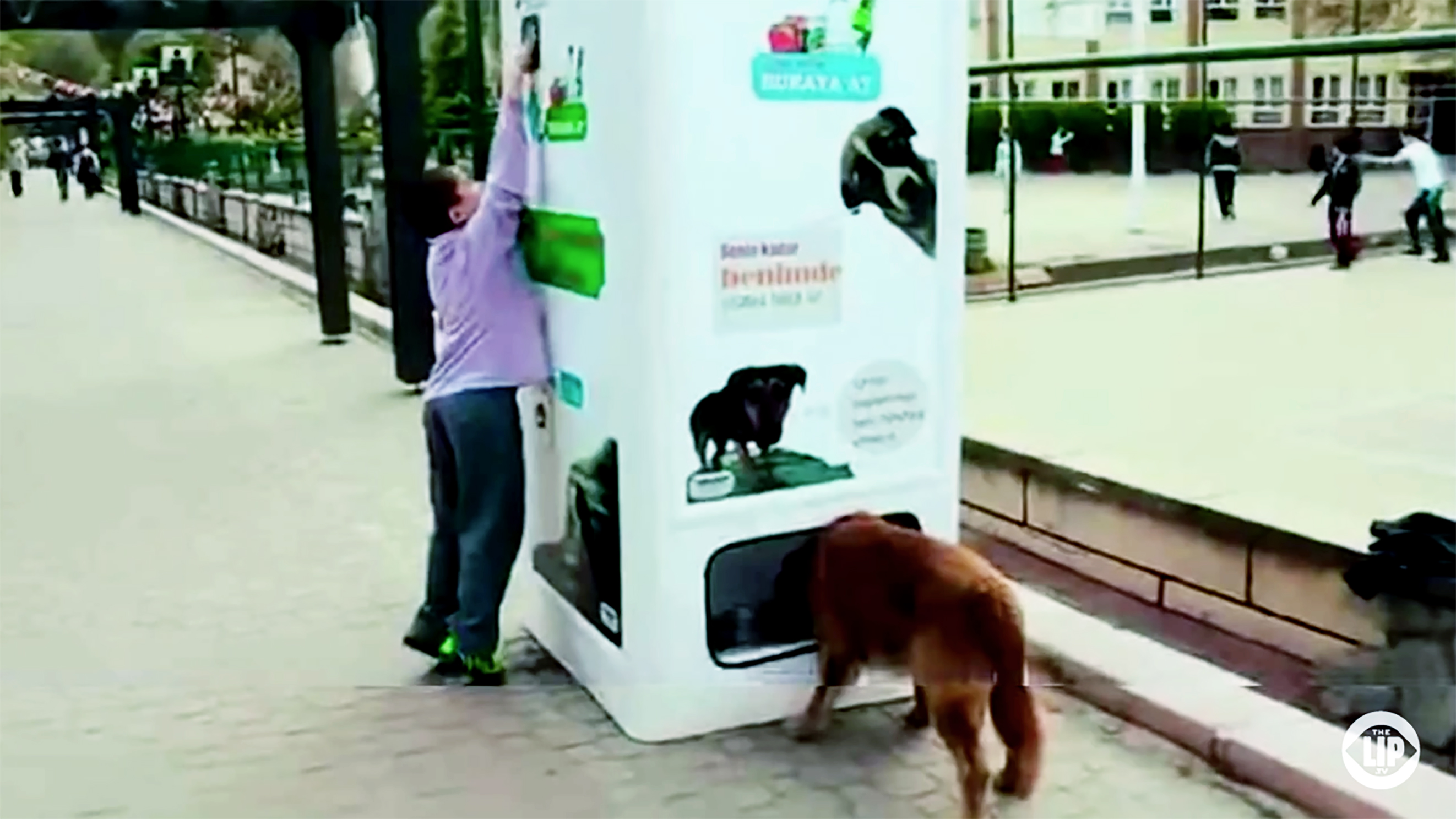When water warms in the tropical Pacific Ocean, different types of tuna will migrate into the waters near San Diego. Keeping track of a fisherman’s catch can help meteorologists predict the severity of an oncoming El Niño.
All Articles
Facebook COO Sheryl Sandberg famously argued in Lean In that women need to stand up for themselves in order to secure equality in the workplace. But what happens when leaning in backfires? Some women have found that negotiating their job offers puts them at risk of being sent away empty-handed.
A new study confirms everything your 6th grade guidance counselor always told you was true. Younger adolescents who run with the cool crowd during their teenage years tend to struggle in early adulthood. The geeks, on the other hand, turn out much better.
Nothing in nature works quite like money. Or seems as complex as an economy. I’d welcome counterexamples, but something seems fishy. 1. Here’s the usual big picture: Competitive markets allocate […]
Compared to many of the humble origins affiliated with campaigns on Kickstarter and Indiegogo, the newly launched crowdfunding platform Investable.vc seems almost too “suit and tie” for the internet. As an accredited […]
Under a new South Carolina law, third graders who fail a state-administered standardized reading exam will be held back starting in 2018. The policy is part of the state’s new Read to Succeed Act.
The northeast Asian nation most famous for Genghis Khan is raising its profile on the world stage by courting foreign investment, boosting its worldwide diplomatic presence, and adopting a self-sufficient energy policy.
The coffee giant will roll out new wireless charging stations nationwide, beginning with its Bay Area stores. The “Powermat Spots” are a joint venture between Duracell and Powermat Technologies.
A paraplegic man kicked the first ball of the World Cup today thanks to a special mind-controlled robotic exoskeleton fashioned by scientists at Duke University. The scientific advancement could signal a future where wheelchairs become obsolete.
Amazon launched a new music streaming service today through its Prime membership program. Amazon Prime Music, like the online giant’s instant video service, is expected to grow over time.
The decision by the Tony Awards Administration Committee to cut the two sound design categories has been met with disdain by a nation’s worth of theatre professionals frustrated at the awards show’s continued focus on commercialization.
How many people put off delivering the bad news to senior management at General Motors while the now infamous ignition-switch problem festered? The same question can be asked about the […]
A little magnetism, a few impurities and liquid nitrogen make the magic happen! “I see miracles all around meStop and look, it’s all astoundingWater, fire, air and dirtFucking magnets, how do […]
When I first learned about Snapchat in early 2012, I laughed it off. It seemed like a fun, novel idea but not a potential staple in our digital lives. As […]
In an exciting development for electric cars, Elon Musk, the C.E.O. of Tesla Motors, has announced on the company’s blog that he’s making all of Telsa’s patents public in the […]
Who are the Millennials? They tend to vote Democrat and are largely liberal, but they’re not attached to the Democratic Party. They’re the most diverse American generation: over 40% are […]
Over 1,000 light-years in diameter, the Tarantula Nebula is a giant star forming region in the Large Magellanic Cloud, a galaxy near ours. NASA released an image of it today. […]
“We have all a better guide in ourselves, if we would attend to it, than any other person can be.”
– Jane Austen
It’s a huge surprise, and shows up in the most unlikely of places! “You cannot, in human experience, rush into the light. You have to go through the twilight into the […]
So-called “patent trolls” — companies with the sole aim of suing over patents — have been a scourge to big companies for years. Now a new study reveals that patent trolls harm startups as well as venture capitalists shy away from investing billions of dollars.
As Americans Google ‘David Brat’ to find out how this unknown college professor came to unseat one of the most prominent (on the right) and loathed (on the left) members […]
Big Think is a knowledge forum that features insights from the world’s leading thinkers. Whether it’s Michio Kaku discussing energy sources of the future or Stephen Dubner, the co-author of […]
A radio dish that broadcasts galaxies? No, but they can detect them, according to NASA. In this image, taken two weeks ago, we can see the photogenic superposition of a night sky over New Zealand.
NASA explains:
As pictured above, the central part of our Milky Way Galaxy is seen rising to the east on the image left and arching high overhead. Beneath the Galactic arc and just above the horizon are the two brightest satellite galaxies of our Milky Way, with the Small Magellanic Cloud to the left and the Large Magellanic Cloud on the right. The radio dish is the Warkworth Satellite Station located just north of Auckland.
Image credit: NASA
“Nobody realizes that some people expend tremendous energy merely to be normal.”
– Albert Camus
Far from questing after the fame and fortune that often accompanies state-sanctioned power, Mujica prefers to live quietly with his wife and their three-legged dog in a farm house.
Planners once thought that building more and wider roads was the solution, but a new study out of California finds that 90% of any new road capacity will be swallowed up by traffic within just five years.
With the World Cup in Brazil only a day away, the predictions are pouring in from gamblers, analysts, and even investment banks. All of them are trying to guess who […]
The World Cup begins tomorrow and the United States, simultaneously famous for its cultural diversity and its exclusive use of the word “soccer”, is having something of an identity crisis.
What we are more often presented with than not–from the realm of politics to the grocery store aisle–is a phony array of options that adversely affects our individual and collective psychology.
A clever device by the Turkish company Pugedon aims to increase recycling while providing food and water to stray dogs and waking up our kindness and humanity.



























